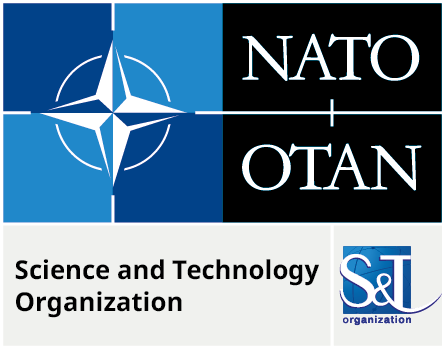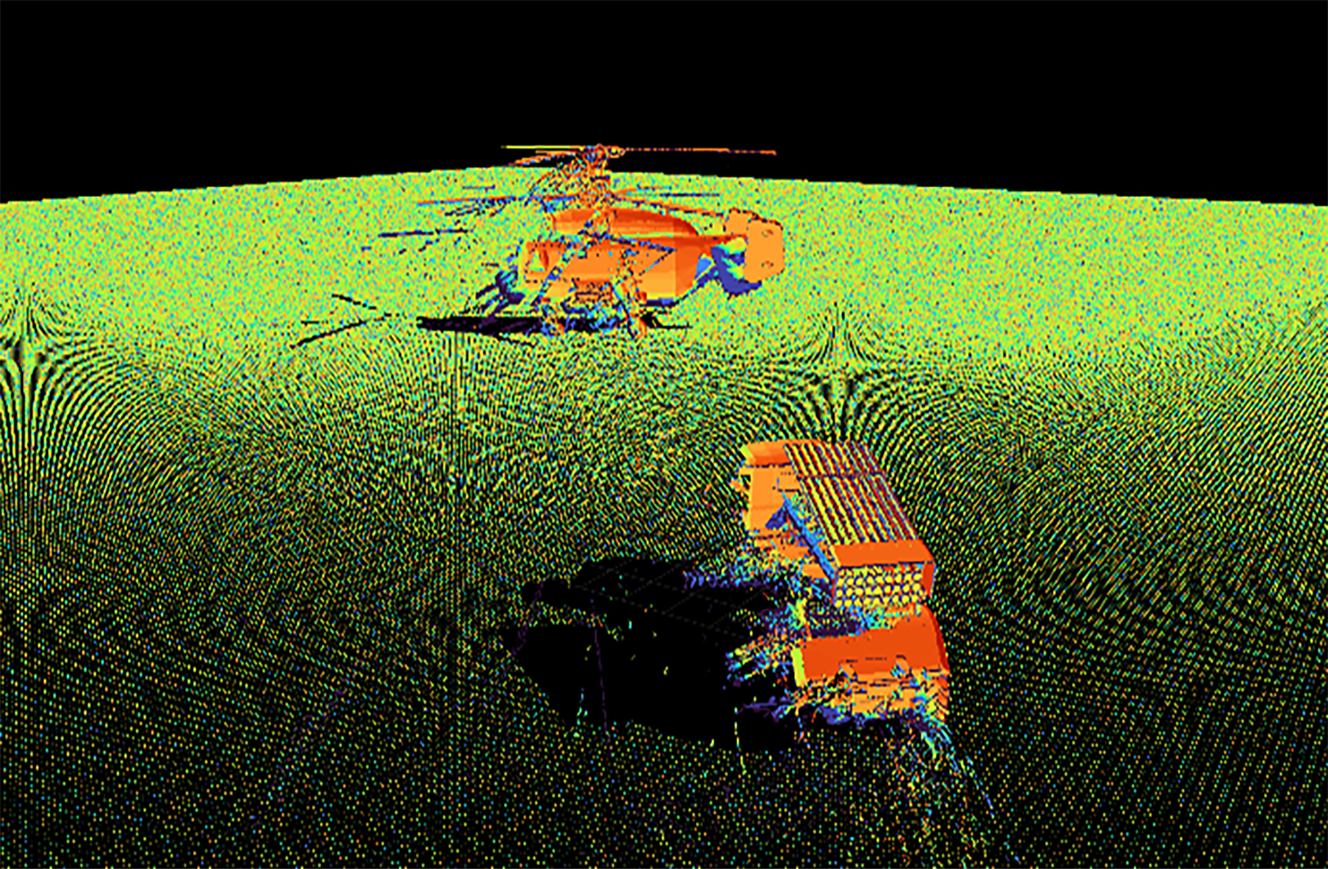Foreword and Editorial
FOREWORD
The SET-273 Research Specialists’ Meeting (RSM) on “Radar Imagining for Target Identification” was convened from 25-26 October in Marseille France. Over 86 participants from 14 countries exchanged results of previous SET-250 Multi-Dimensional Radar Collections from 4 radars that had multiple channels and multi-polarization of synthetic aperture radar (SAR) targets. In addition, there were presentations on emerging technologies, closely related to the SM interests.
There is an increasing awareness of that using of multi-channel, multi-static, multi-frequency and multi-polarization radar imaging can greatly improve target classification performance. Small drones are being proliferated widely by asymmetric warfare agents. And these threats are very difficult to discriminate from birds and other clutter over the sea or within proximity to land cultural objects. The development of efficient, real-time Machine Learning algorithms have provided near real-time discrimination of tactical targets . However, there is insufficient images to train and apply these Machine Learning algorithms. As a result, the researchers have outlined new modeling and image synthesis to complement the available images. In addition, the use of bistatic and multiple-dimension imaging can provide a significant spatial awareness of targets that are obscured by forests and buildings.



